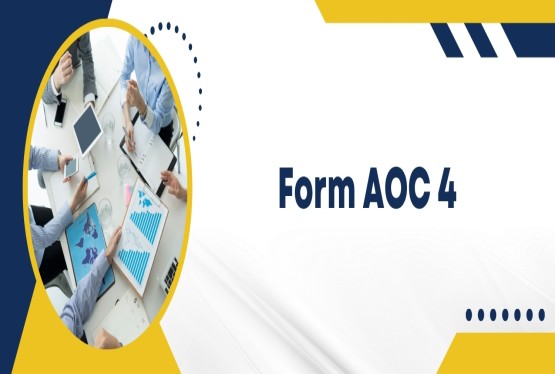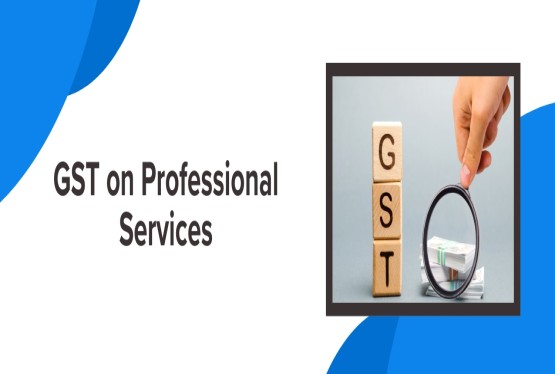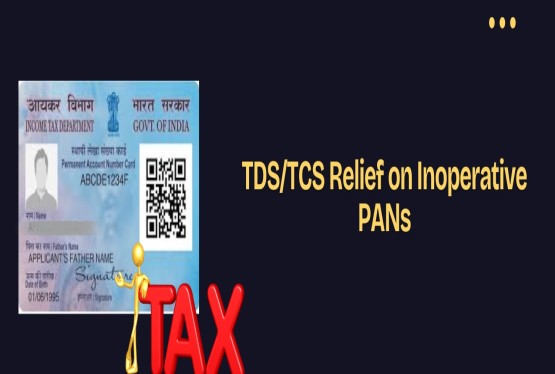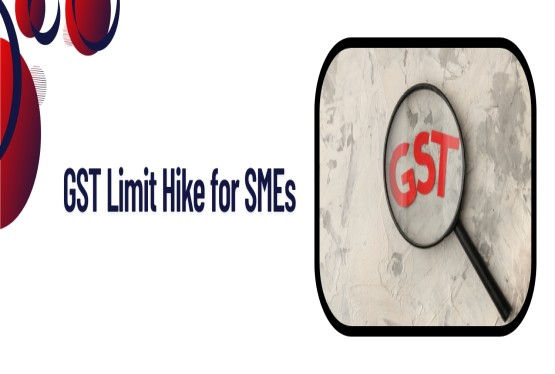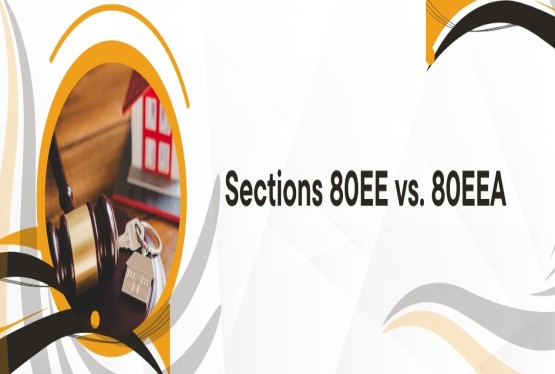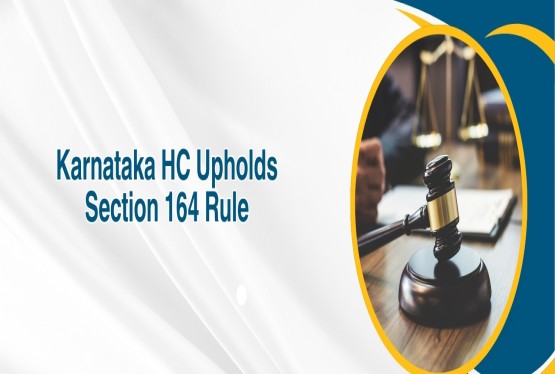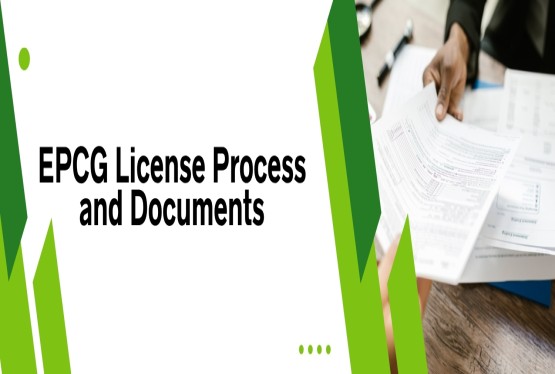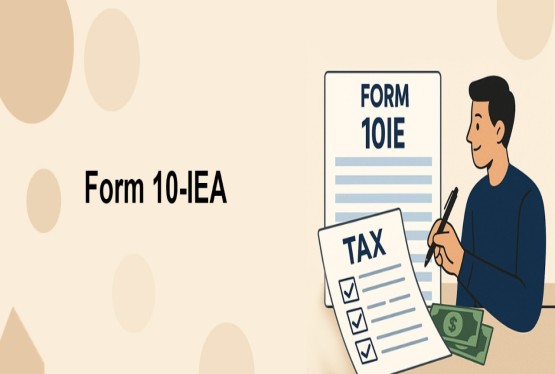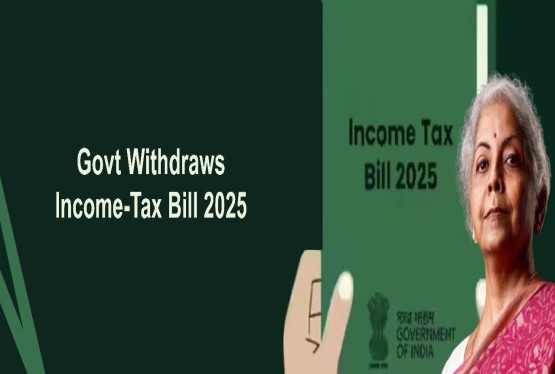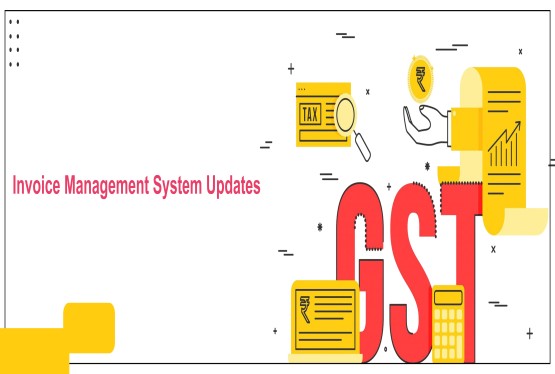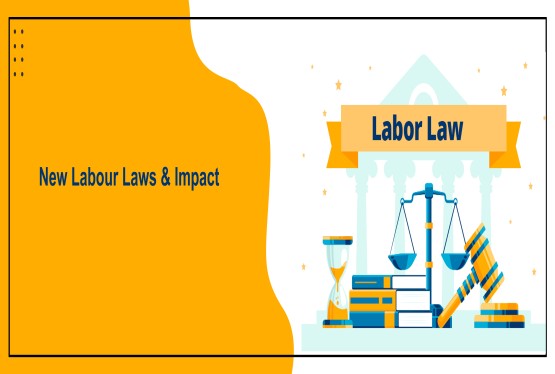Section 80EEA of the Income Tax Act was introduced in the Union Budget 2019 by the Finance Minister to provide an additional tax benefit on home loan interest. The objective behind introducing this provision was to promote the government's vision of "Housing for All" by the year 2022. This section is particularly beneficial for first-time home buyers who are looking to purchase affordable residential properties. It allows a maximum deduction of Rs. 1.5 lakh on interest paid for home loans sanctioned between April 1, 2019, and March 31, 2022. This deduction is in addition to the deduction available under Section 24(b).
What is Section 80EEA of the Income Tax Act?
Section 80EEA provides an additional tax deduction for interest paid on housing loans taken by individuals for purchasing affordable residential houses. This deduction of up to Rs. 1.5 lakh is available per financial year and can be claimed over and above the Rs. 2 lakh deduction allowed under Section 24(b) for interest on home loans. This provision is applicable only to individuals and not to HUFs, AOPs, firms, or companies.
The loan must be sanctioned by a bank or housing finance company during the period from April 1, 2019, to March 31, 2022. The value of the residential property should not exceed Rs. 45 lakh as per stamp duty valuation. Additionally, this section is only available under the old tax regime.
Eligibility Criteria for Section 80EEA Deduction
To claim the deduction under Section 80EEA of the Income Tax Act, the following eligibility conditions must be met:
-
The deduction is available only to individual taxpayers. Other entities such as HUFs, AOPs, partnership firms, and companies are not eligible.
-
The taxpayer should not own any residential property on the date the loan is sanctioned. This means the buyer must be a first-time homebuyer.
-
The deduction is allowed only under the old tax regime. Taxpayers opting for the new tax regime cannot claim this deduction.
-
The housing loan must be taken from a financial institution or a housing finance company.
-
The stamp duty value of the residential house should not exceed Rs. 45 lakh.
-
The loan should be sanctioned between April 1, 2019, and March 31, 2022.
-
The taxpayer should not be claiming any deduction under Section 80EE.
Additional Conditions Related to Property Specifications
In addition to the above-mentioned eligibility, the government has imposed certain conditions related to the carpet area of the residential property, as mentioned in the memorandum to the Finance Bill:
-
The carpet area should not exceed 60 square meters (645 square feet) in metropolitan cities such as Delhi NCR, Mumbai Metropolitan Region, Chennai, Kolkata, Bengaluru, and Hyderabad.
-
In other cities and towns, the carpet area should not exceed 90 square meters (968 square feet).
-
These conditions apply to housing projects approved on or after September 1, 2019.
How is the Deduction Calculated Under Section 80EEA?
The deduction is calculated based on the interest paid on the home loan in a financial year. The maximum deduction available under Section 80EEA is Rs. 1.5 lakh. If the interest paid during the financial year is less than Rs. 1.5 lakh, only the actual amount paid can be claimed.
For example, if you pay Rs. 3.2 lakh as home loan interest in a financial year and you have already claimed Rs. 2 lakh under Section 24(b), then you can claim an additional Rs. 1.5 lakh under Section 80EEA, subject to the above conditions being fulfilled.
This deduction continues to be available until the loan is fully repaid or until the interest amount is exhausted, whichever comes first.
Can You Claim Both Section 24 and Section 80EEA?
Yes, if all conditions are fulfilled, an individual taxpayer can claim deductions under both Section 24(b) and Section 80EEA. Section 24 allows a deduction of up to Rs. 2 lakh for home loan interest. If the interest paid exceeds this amount, an additional deduction of up to Rs. 1.5 lakh can be claimed under Section 80EEA.
For example, if the total home loan interest is Rs. 4 lakh in a financial year, you can claim Rs. 2 lakh under Section 24 and Rs. 1.5 lakh under Section 80EEA, thereby reducing your taxable income by Rs. 3.5 lakh in total.
Joint Home Loans and Section 80EEA
If a home loan is taken jointly, and both co-borrowers are also co-owners of the property, each of them can claim deduction under Section 24(b) and Section 80EEA individually, subject to their share in the loan and property ownership. Both individuals must also meet the eligibility conditions specified under Section 80EEA.
Tax Benefits on Second Home Loan
Section 80EEA is applicable only to first-time homebuyers. Therefore, it cannot be claimed on a second home loan. However, Section 24(b) remains applicable for second homes as well. If both houses are rented out or one is considered "deemed to be let out," rental income will be taxed accordingly. The interest paid on the loan for a second home is deductible without any limit under Section 24, provided the property is not self-occupied.
Tax Deduction on Home Loans for Properties Under Construction
For properties under construction, the interest paid during the construction period can be claimed in five equal installments, starting from the year in which construction is completed. This is allowed under Section 24(b) only. The maximum deduction under this section is Rs. 2 lakh per financial year for self-occupied properties.
Stamp Duty and Registration Charges
Stamp duty and registration fees paid during the purchase of a residential property can be claimed under Section 80C of the Income Tax Act. The maximum deduction under this section is Rs. 1.5 lakh, which also includes principal repayments on home loans. These deductions can only be claimed in the year the expenses are actually incurred.
Difference Between Section 80EEA and Section 24(b)
While both provisions offer deductions on home loan interest, there are key differences:
-
Section 24(b) allows a deduction of up to Rs. 2 lakh, whereas Section 80EEA allows an additional Rs. 1.5 lakh.
-
Section 80EEA is available only for loans sanctioned between April 1, 2019, and March 31, 2022, while Section 24 has no such restriction.
-
Section 80EEA is limited to first-time homebuyers and only on properties with stamp duty value up to Rs. 45 lakh. Section 24 has no such restrictions.
-
Under Section 24, interest paid to friends or relatives is also deductible, provided you have a valid loan agreement. Section 80EEA allows deduction only for loans from banks or housing finance companies.
Difference Between Section 80EEA and Section 80EE
-
Section 80EEA provides a higher deduction of Rs. 1.5 lakh, compared to Rs. 50,000 under Section 80EE.
-
Section 80EE is applicable for loans sanctioned between April 1, 2016, and March 31, 2017. Section 80EEA is applicable for loans sanctioned between April 1, 2019, and March 31, 2022.
-
Property value must not exceed Rs. 50 lakh under Section 80EE and Rs. 45 lakh under Section 80EEA.
-
Loan amount must not exceed Rs. 35 lakh under Section 80EE. There is no such restriction under Section 80EEA.
Important Definitions Under Section 80EEA
-
Financial Institution: A financial institution refers to a banking company under the Banking Regulation Act or any housing finance company.
-
Stamp Duty Value: This refers to the value assessed by any authority of the central or state government for stamp duty purposes.
-
Carpet Area: Carpet area is the net usable floor area of a house. It excludes areas covered by external walls, balconies, and common areas.
Points to Remember While Claiming Section 80EEA
-
The deduction is available only under the old tax regime.
-
The house should not be under construction. Only completed properties are eligible.
-
The deduction can be claimed even if the property is not self-occupied.
-
The deduction is not transferable. Only the person who has taken the loan and is repaying the interest can claim it.
Conclusion
Section 80EEA of the Income Tax Act is a significant provision that helps first-time homebuyers in India reduce their tax liability. It allows an additional deduction of Rs. 1.5 lakh on interest paid on affordable housing loans. When combined with Section 24(b), this provision offers considerable tax savings. To avail of this benefit, taxpayers must fulfill all eligibility criteria and ensure that the loan is sanctioned within the specified timeline.
For expert assistance in filing your ITR and claiming tax benefits under Section 80EEA of the Income Tax Act, you can reach out to Compliance Calendar LLP. Their experienced team can guide you through the process to ensure accurate tax filings and maximum deductions.
Email: info@ccoffice.in
Call/Whatsapp: +91 9988424211
FAQs
Q1. Who can claim the deduction under Section 80EEA of the Income Tax Act?
Ans. Only individual taxpayers can claim the deduction under Section 80EEA. Entities such as HUFs, firms, companies, or AOPs are not eligible. Additionally, the individual must be a first-time homebuyer and should not own any residential house property on the date of sanction of the loan.
Q2. What is the maximum deduction available under Section 80EEA?
Ans. A maximum deduction of Rs.1.5 lakh per financial year is available under Section 80EEA. This is over and above the Rs.2 lakh limit available under Section 24(b) for home loan interest. The deduction is allowed until the home loan is fully repaid or until interest payments cease.
Q3. Can I claim both Section 24(b) and Section 80EEA deductions together?
Ans. Yes, you can claim deductions under both sections, provided you meet the conditions for each. First, claim up to Rs.2 lakh under Section 24(b), and then an additional Rs.1.5 lakh under Section 80EEA if the total interest paid exceeds Rs.2 lakh in a financial year.
Q4. Are there any property value restrictions to claim Section 80EEA deduction?
Ans. Yes, the stamp duty value of the residential house should not exceed Rs.45 lakh. This ensures that the deduction is granted only for affordable housing, aligning with the government's “Housing for All” objective.
Q5. Is the Section 80EEA deduction available under the new tax regime?
Ans. No, this deduction can only be claimed if you opt for the old tax regime. Individuals who choose the new tax regime under Section 115BAC are not eligible to claim benefits under Section 80EEA.
Q6. Can Non-Resident Indians (NRIs) claim the benefit under Section 80EEA?
Ans. Yes, both Resident and Non-Resident Indians are eligible to claim the deduction under Section 80EEA, provided all other conditions such as property value, loan sanction period, and first-time ownership status are met.
Q7. What is the sanctioned loan period for eligibility under Section 80EEA?
Ans. The housing loan must be sanctioned between April 1, 2019, and March 31, 2022. Loans sanctioned outside this window are not eligible for deduction under Section 80EEA, even if other conditions are fulfilled.
Q8. What happens if the property is jointly owned? Can both owners claim deduction under Section 80EEA?
Ans. Yes, if both co-owners are co-borrowers of the loan and individually meet all eligibility conditions (like being first-time homebuyers), both can claim deductions up to Rs.1.5 lakh each under Section 80EEA. However, the total interest paid by each must justify the individual claim amount.








_crop10_thumb.jpg)




































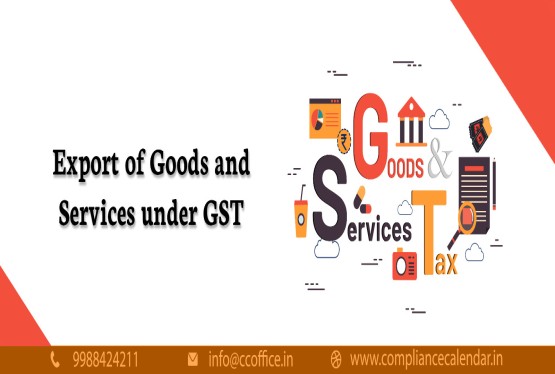













































_for_FY_2025-26_crop10_thumb.jpg)



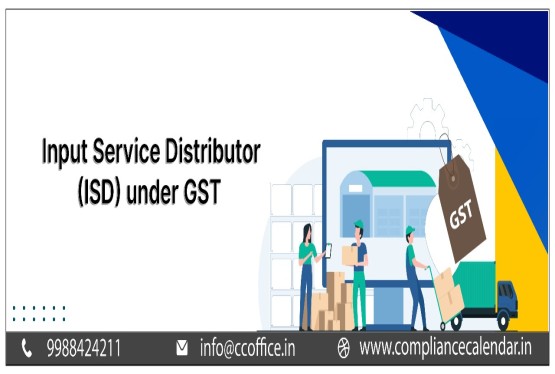








_learn_crop10_thumb.jpg)








_Filing_Due_Dates_for_FY_2024-25_learn_crop10_thumb.jpeg)
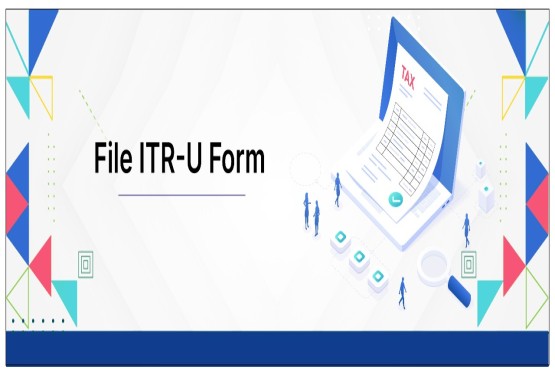
























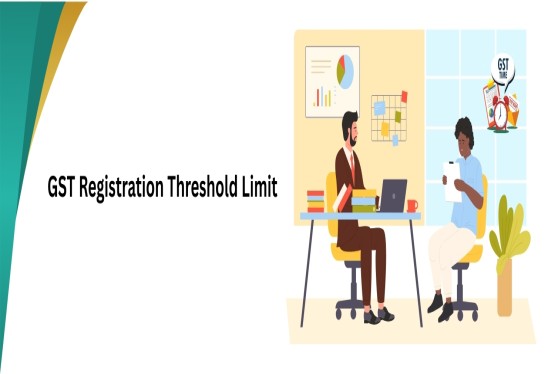
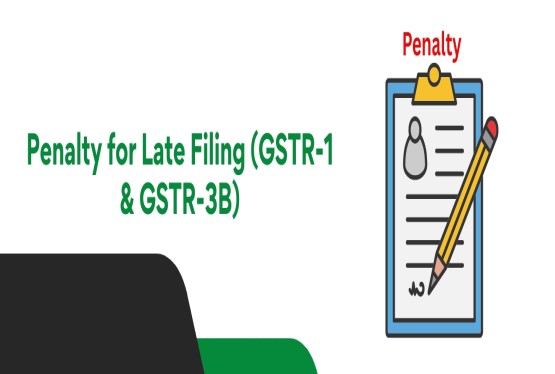












_of_GST_Act_learn_crop10_thumb.jpg)










_Under_GST_learn_crop10_thumb.jpg)









_crop10_thumb.jpg)


_crop10_thumb.jpg)






_learn_crop10_thumb.jpg)





















_of_the_Income_Tax_Act_learn_crop10_thumb.jpg)



_learn_crop10_thumb.jpg)






_learn_crop10_thumb.jpg)






_crop10_thumb.jpg)




















_in_The_Income_Tax_Act,_1961_learn_crop10_thumb.jpg)



_learn_crop10_thumb.jpg)



_of_the_Income_Tax_Act_learn_crop10_thumb.jpg)

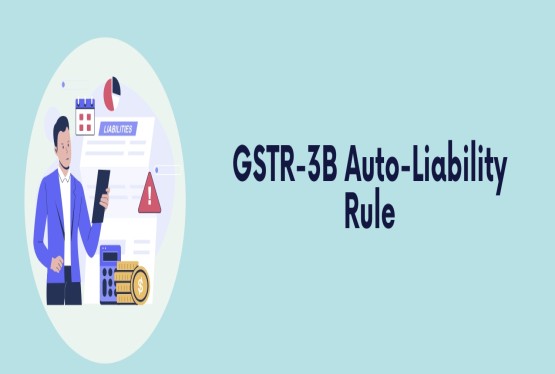
_Of_Income_Tax_Act_learn_crop10_thumb.jpg)








_learn_crop10_thumb.jpg)








_learn_crop10_thumb.jpg)
_crop10_thumb.jpg)

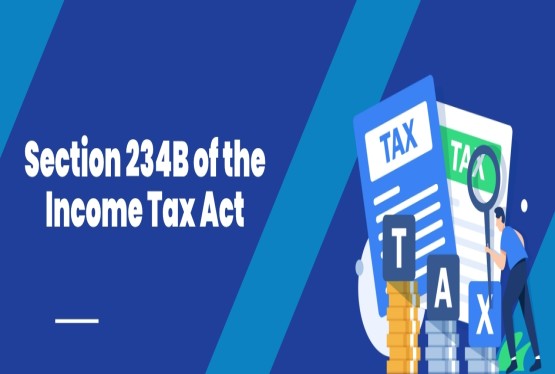




















_learn_crop10_thumb.jpg)
_for_Import_and_Export_learn_crop10_thumb.jpg)









